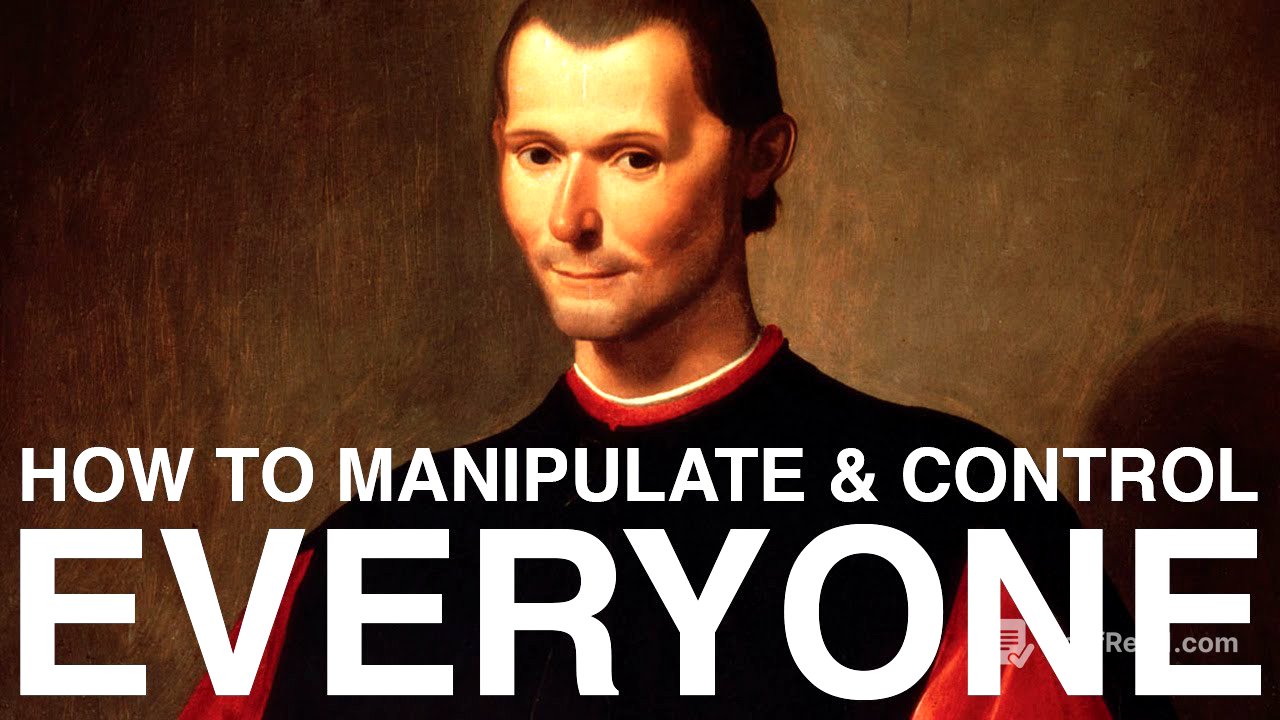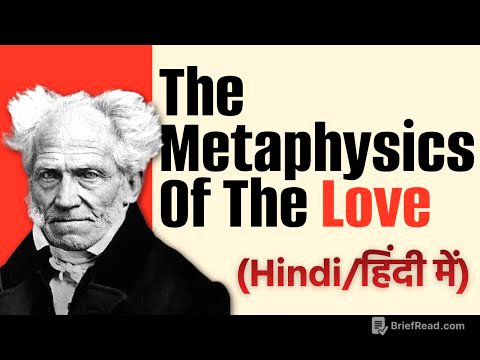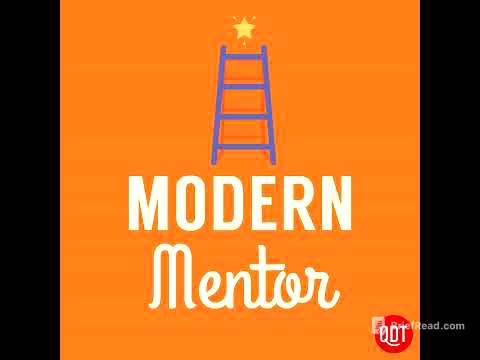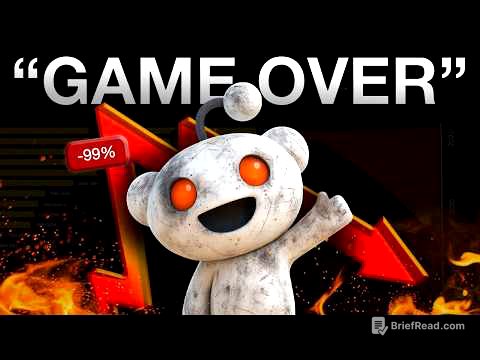TLDR;
This video explores the influence of Niccolo Machiavelli's writings, particularly "The Prince," on historical and modern political strategies. It examines how leaders like Joseph Stalin used Machiavellian principles to maintain power through propaganda and control. The video also discusses modern applications of these principles, focusing on how governments use inflation as a form of hidden taxation to maintain power and public image, referencing historical examples of hyperinflation and the shift to fiat currency.
- Machiavelli's "The Prince" has profoundly influenced political leaders throughout history.
- Joseph Stalin used Machiavellian tactics, including propaganda and terror, to consolidate power in the Soviet Union.
- Modern governments employ inflation as a subtle form of taxation to fund spending and maintain public image.
- The abandonment of the gold standard has led to significant inflation and debt accumulation in many nations.
Introduction to Machiavelli's Influence [1:25]
Niccolo Machiavelli's "The Prince," a guidebook for rulers on gaining and maintaining power, has had a significant and often sinister influence on global politics, business, and religion. Despite being banned by the Catholic Church for over 200 years, its principles have shaped the actions of tyrants and influenced power dynamics worldwide. The video aims to explore Machiavelli's ideas, their impact on historical figures, and their relevance in today's world, from the White House to the Federal Reserve.
Machiavelli's Early Life and Political Career [2:49]
Born in Florence in 1469, Niccolo Machiavelli received a classical education focused on ancient history and moral philosophy, preparing him for public life. In 1498, at the age of 29, he was elected to secretary of the second Chancery of the Florentine Republic, coordinating correspondence and relations with Florence's territories. He also became secretary to the Ten of War, managing foreign and diplomatic relations. This role involved traveling across Europe, negotiating with allies, gathering information, and reporting on foreign affairs, providing him firsthand experience of how power operated.
Machiavelli's Observations and "The Prince" [6:20]
Over 14 years, Machiavelli undertook various diplomatic missions across Europe, observing statecraft, leadership, and manipulation. These experiences, combined with insights from Greek and Roman history, formed the basis of "The Prince." The book, published posthumously, detailed the tactics rulers use to gain, consolidate, and exercise power, departing from Christian ideals. While some viewed it as a handbook for tyrants, others saw it as a realistic depiction of power dynamics.
Stalin's Use of Machiavellian Principles [10:21]
Joseph Stalin, who ruled the Soviet Union from 1928 to 1953, heavily annotated his copy of "The Prince" and embodied its principles. He used terror, force, and propaganda to transform the Soviet Union into a world power while maintaining popular support. Stalin eliminated political rivals, suppressed dissent, and subjected millions to forced labor in the Gulags. The Great Terror, launched in 1937, resulted in the deaths of over 1,500 people per day, creating an environment of fear and silencing opposition.
Propaganda and the Cult of Personality [12:34]
Stalin understood the importance of public support and developed a cult of personality through extensive propaganda. Statues were erected, cities renamed, and the media nationalized to portray him as a hero. Propaganda appealed to various segments of society, depicting him as a common man, a father figure, and a military leader. This propaganda was effective, with many believing the country would collapse without him, leading to widespread grief upon his death.
Modern Political Manipulation and Propaganda [15:43]
Modern politicians continue to use Machiavellian tactics, employing mass media to maintain popularity even while exploiting their subjects. The concentration of wealth in the hands of a few leads to unrest, with analysts predicting that the wealthiest 1% will control over 62% of the USA's wealth in the next 25 years. Politicians prioritize appearance, cultivating an image of virtue through spending on public projects, which historically leads to increased taxes and public dissatisfaction.
Inflation as a Hidden Tax [18:41]
Modern politicians avoid direct tax increases by using inflation, a hidden tax. By printing money, governments decrease its value, raising the prices of goods and services. This is possible due to fiat currency, which is not backed by precious metals. Historically, money was either bartered goods or precious metals, then representative money (paper banknotes backed by gold or silver). The gold standard limited government spending, maintaining price stability.
Historical Example: Hyperinflation in Germany [24:21]
Germany's hyperinflation in the early 1920s illustrates the dangers of fiat currency. Before World War I, the German Mark was stable and backed by gold. To fund the war, Germany abandoned the gold standard and printed money, leading to massive inflation. The Treaty of Versailles forced Germany to pay reparations, exacerbating the problem. By 1923, hyperinflation was rampant, with prices spiraling out of control and the currency becoming worthless.
The Bretton Woods System and the End of the Gold Standard [27:45]
After World War II, the Bretton Woods system pegged global currencies to the US dollar, which was in turn pegged to gold. However, the US government began spending beyond its means, funding social programs and the Vietnam War. As foreign nations exchanged dollars for gold, the US gold reserves dwindled. In 1971, President Nixon ended the international convertibility of US dollars into gold, effectively ending the Bretton Woods system and ushering in an era of fiat currency.
The Consequences of Fiat Currency [30:31]
The shift to fiat currency allowed governments to print money without restraint, leading to inflation and a decline in the purchasing power of currencies. Since 1971, the US national debt has skyrocketed to 31 trillion dollars. This inflation tax disproportionately affects the poor, who hold most of their wealth in cash. While the wealthy protect themselves with assets like real estate and stocks, the poor are crushed by rising living costs.
The Future of Debt and Inflation [37:34]
The video concludes that governments are primarily focused on short-term election cycles rather than long-term national stability. The debt levels in most nations are unsustainable, requiring more money printing and further inflation. The US debt-to-GDP ratio is projected to exceed 200% by 2050, potentially reaching one quadrillion dollars by the end of the century. This path of unchecked money printing will eventually lead to economic collapse, echoing Machiavelli's warning about the consequences of excessive generosity and taxation.









